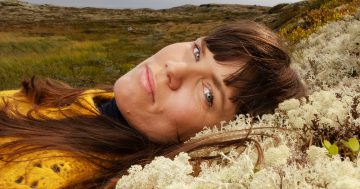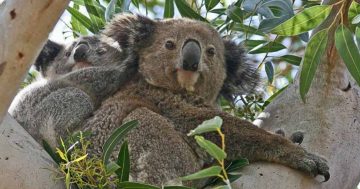
It took a year to move more than 13 million specimens into the new National Research Collections Australia Facility. Photo: CSIRO.
More than 13 million preserved birds, insects, eggs and orchids are settled in their new bushfire- and pest-resistant home with the CSIRO.
Work on the new National Research Collections Australia Facility in Black Mountain began three years ago to preserve the specimens for future generations and scientific discovery.
It took 10 months to design the facility to ensure it would enhance scientific capability while maintaining the delicate specimens.
CSIRO chief executive Dr Doug Hilton said the new facility would support researchers, government and industry to better monitor the environment, pests and weeds to learn how to better protect endangered species, prevent disease, and harness nature sustainably.
“For more than a century, our collections have quietly underpinned Australian science, policy, agriculture, biosecurity, and biodiversity conservation,” he said.
“They are a hidden powerhouse, supporting everything from tracking pest incursions to discovering new species and understanding the genetic diversity of Australia’s native ecosystems.
“[This work] helps us answer one of the most pressing questions of our time: How do we protect biodiversity in a changing world?”
CSIRO and the Department of Education jointly funded the $90 million building through the National Collaborative Research Infrastructure Strategy (NCRIS).
It unites the Australian National Wildlife Collection and Australian National Insect Collection, which contain specimens gathered over the last 150 years.
Relocating the 13 million specimens to their new home took about a year.
The vaults contain the most comprehensive collection of Australian and Papua New Guinean birds in the Southern Hemisphere, comprising 55,000 birds (about 99 per cent of Australian bird species) and 31,000 historical egg clutches from more than 1000 bird species.
There’s 37,000 tissue samples from more than 23,000 bird specimens, making it the world’s largest cryo-frozen tissue bank of Australian birds and one of the most significant collections of cryo-frozen Papua New Guinean bird tissues.
It’s also home to the world’s largest collection of Australian insects and related invertebrates, totalling more than 12 million specimens. This includes 2.4 million moths and butterflies, and more than seven million beetles.
The collection also includes 17,000 orchids preserved in ethanol.
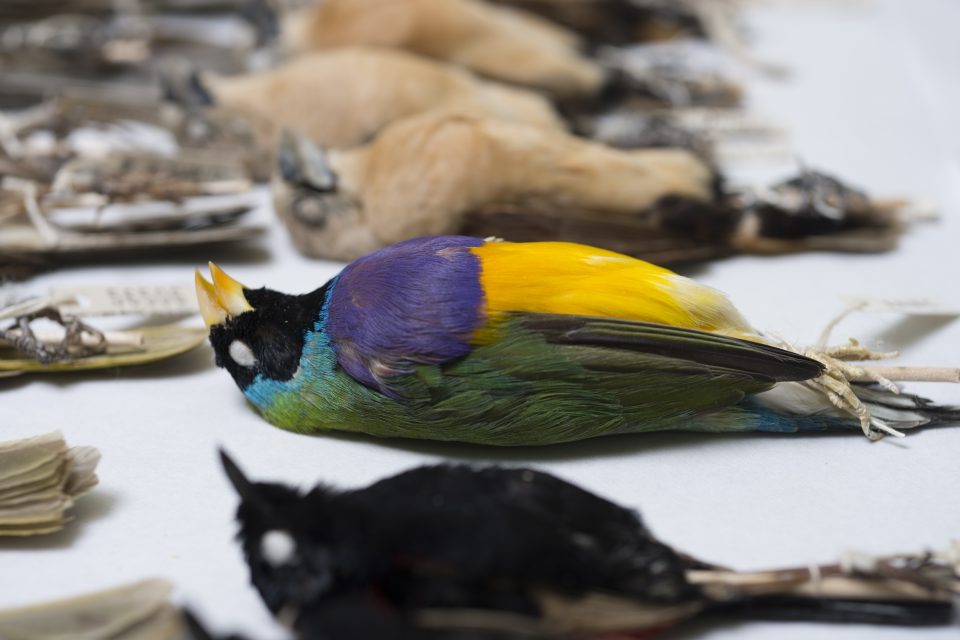
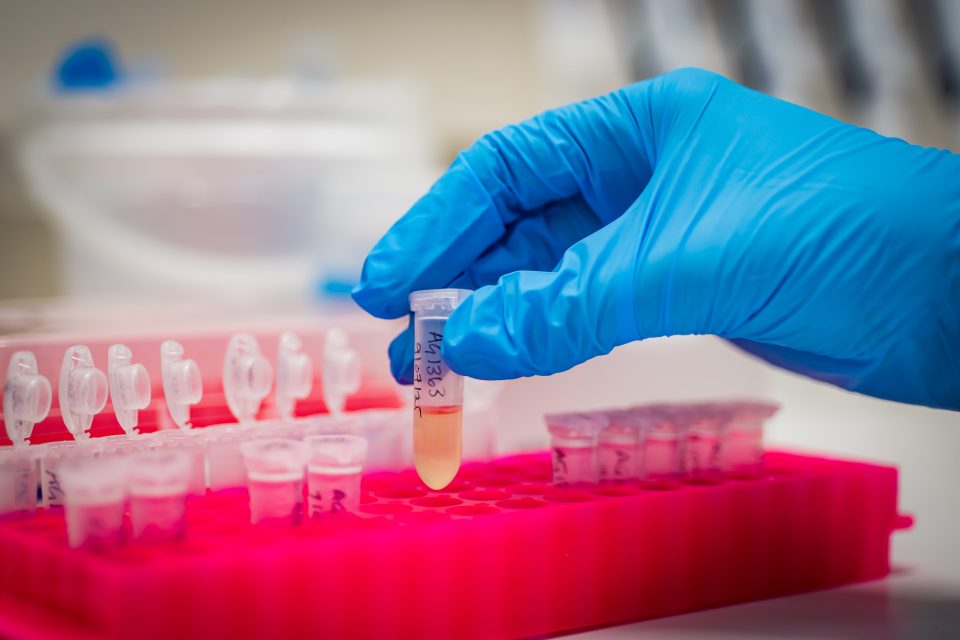
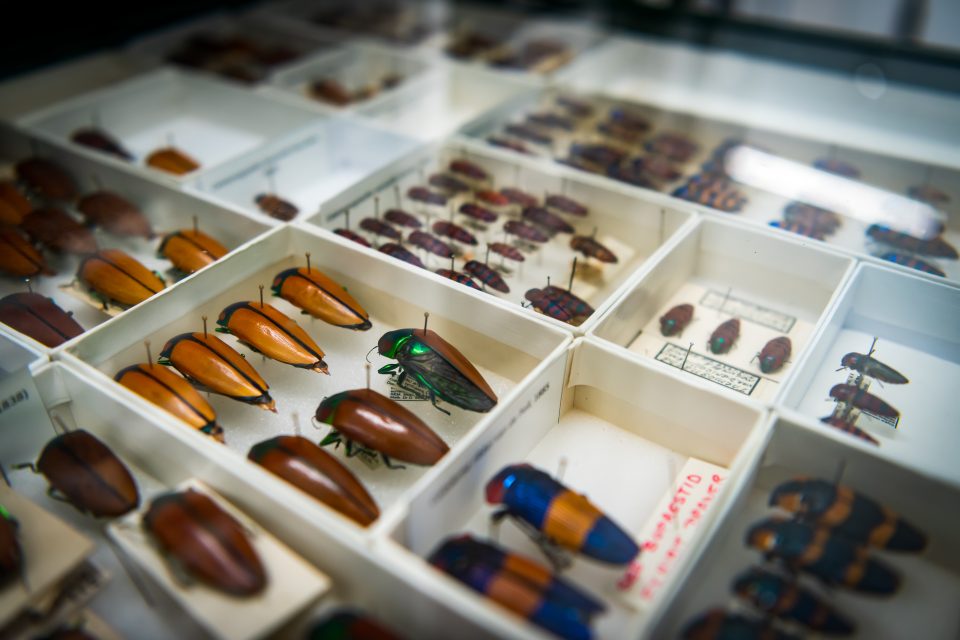
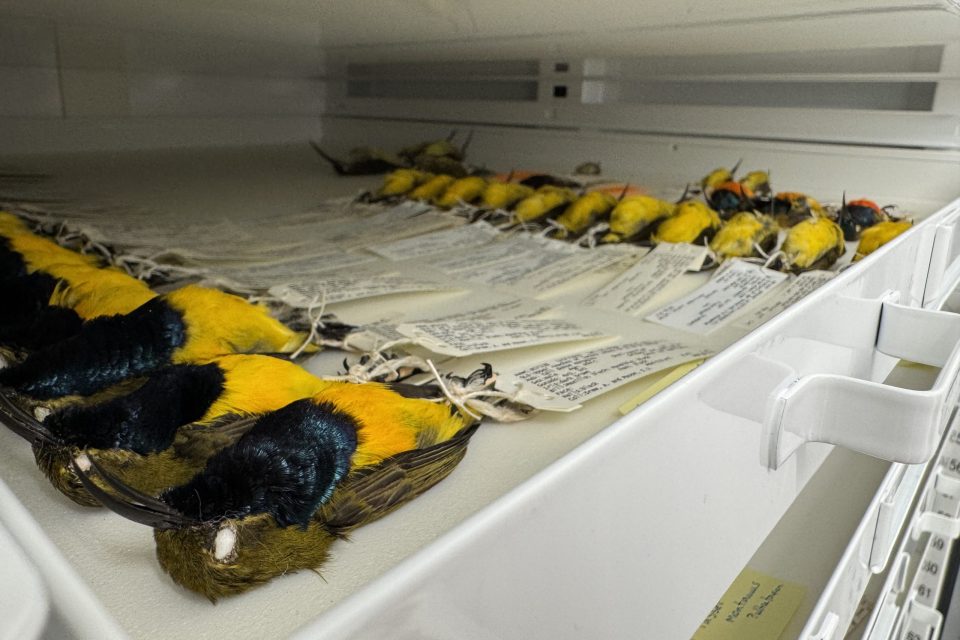
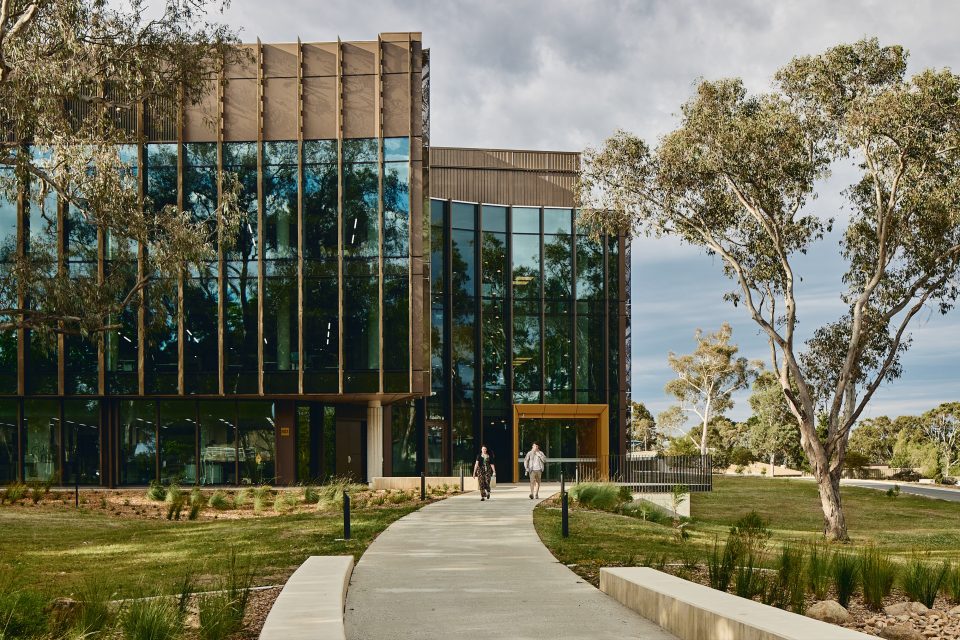
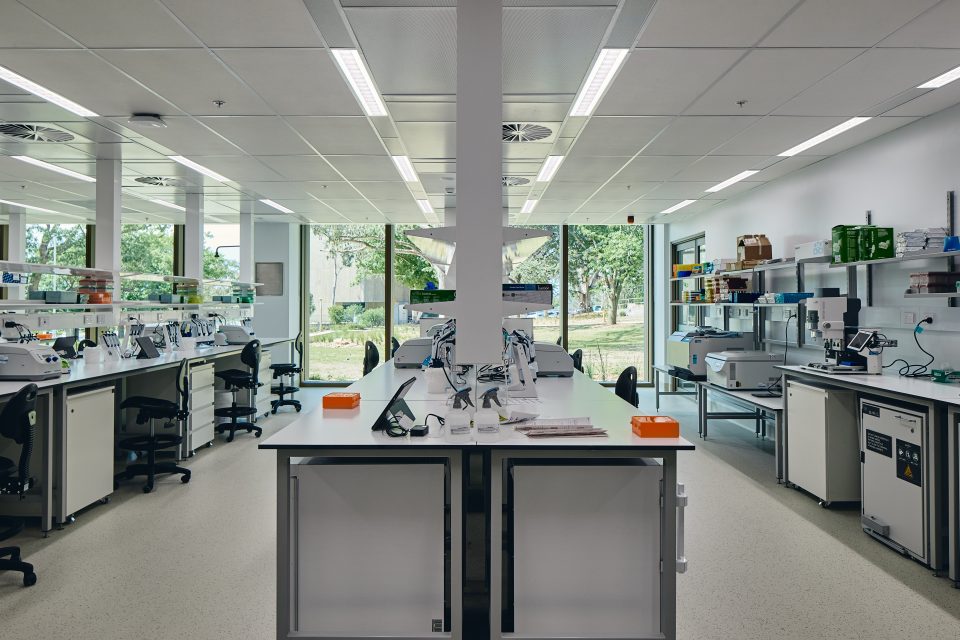
CSIRO Australian National Wildlife Collection director Dr Clare Holleley said nature was declining globally at a rate unprecedented in human history.
She said these biodiversity collections served as a “library of life on Earth” and a resource for caring for the environment.
“The potential held within our biological collections is huge and, through this facility, we’re changing the way they are used and shared,” she said.
“In this new building, we’re solving the problems that nature presents to us in real time.
“Our researchers are often the very first people in the world to see a particular specimen, sequence a gene or put together pieces of the puzzle in a way never done before – it’s incredibly rewarding.”
The facility contains new genomics laboratories and digitisation facilities to allow scientists to extract and share information from more research specimens than ever before, enabling them to connect physical collections (such as DNA sequences) with digital platforms.
This makes its collections accessible to researchers, governments and citizen scientists worldwide.
CSIRO National Collections and Marine Infrastructure director Toni Moate said this newest purpose-built collections facility in the world would help fast track amazing and diverse research.
“Our research teams here keep finding new ways to use our biological collections to create a better future for Australians – from using spider wasp venoms to source new pharmaceuticals, all the way through to using historic reptile collections to track how animals respond to climate change,” she said.
“This new facility will only accelerate this incredible work and enable us to move into new areas of research.”











